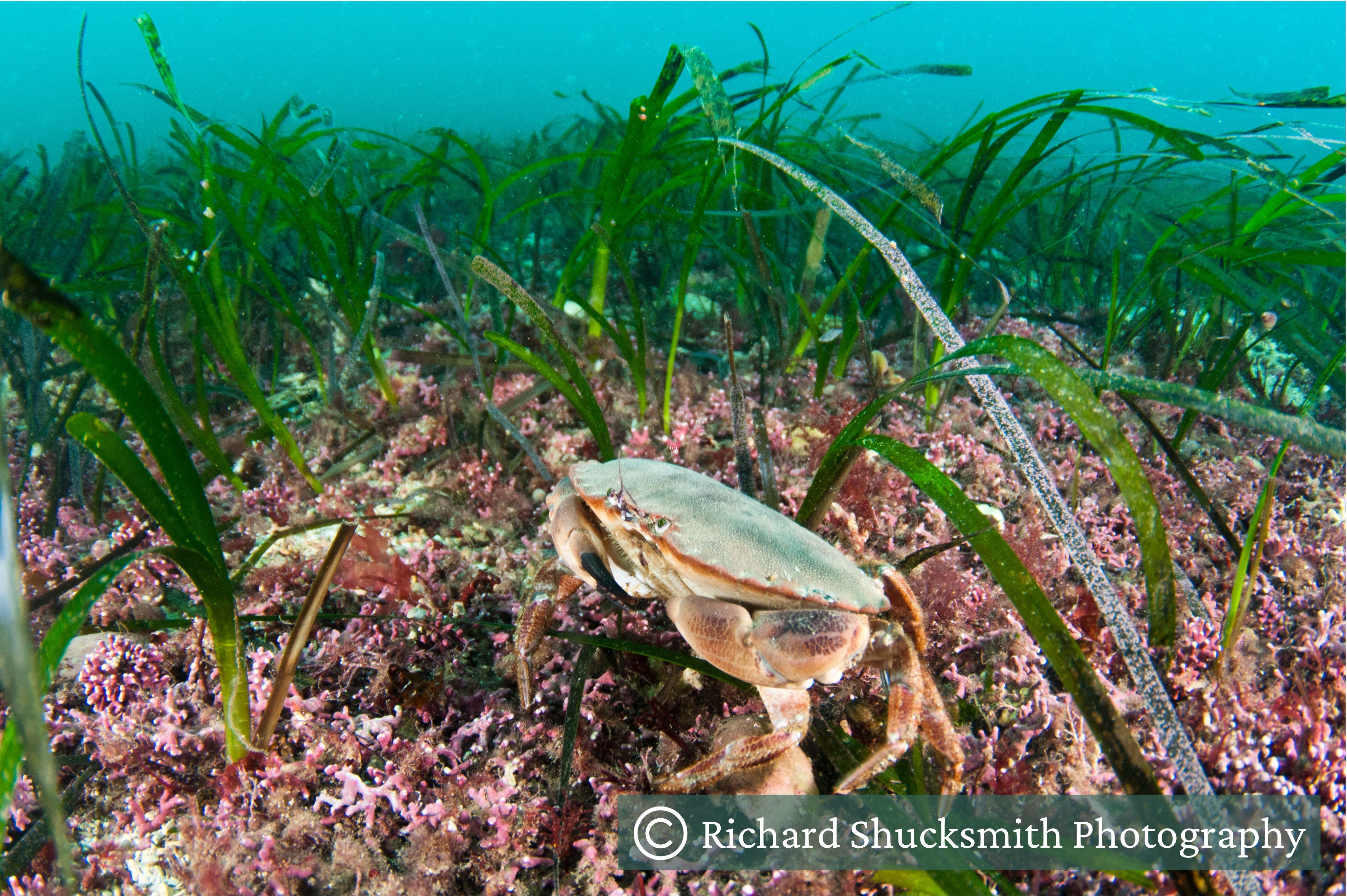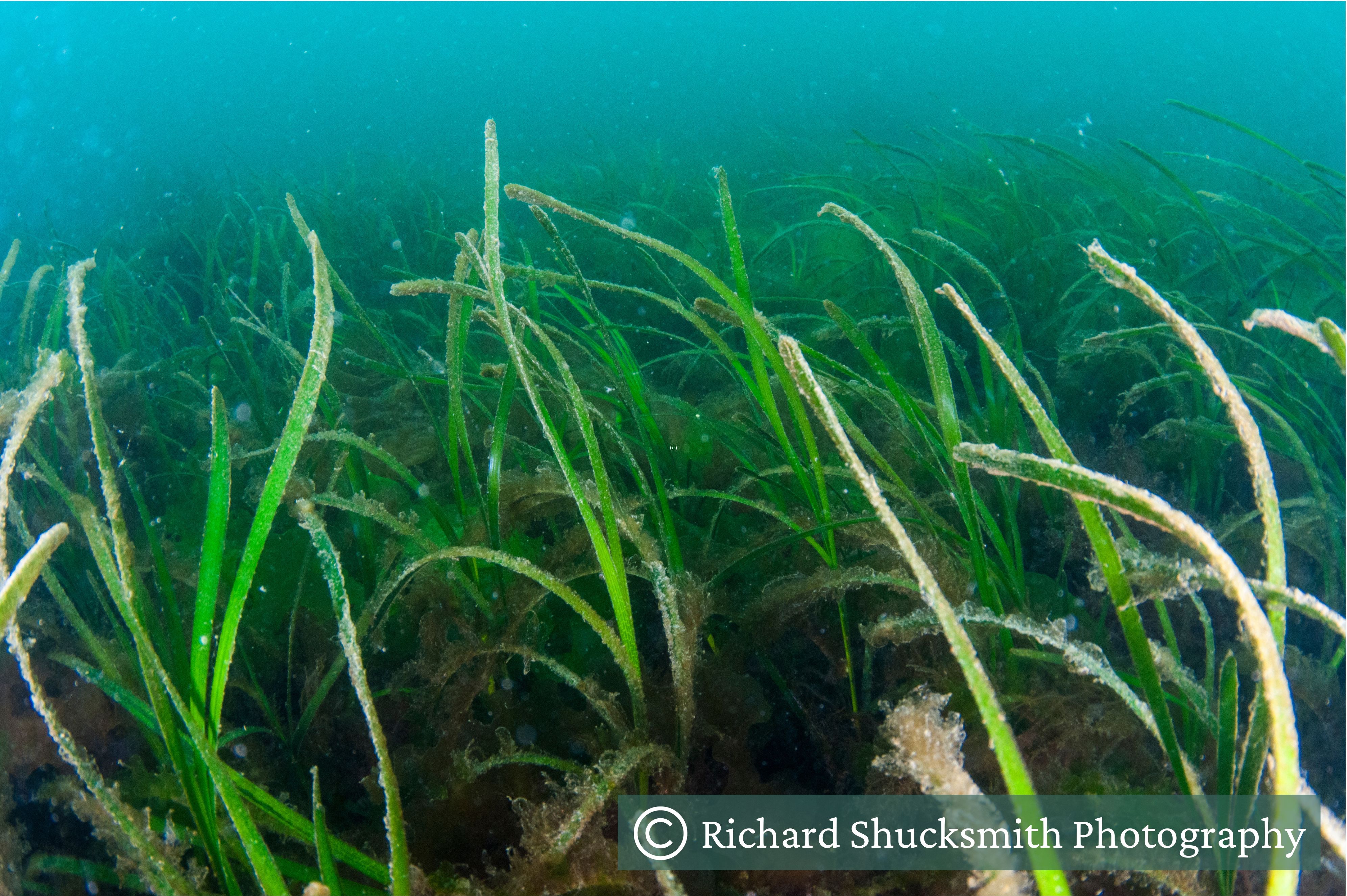Seagrass Meadows

Seagrass meadows audio Photo 1
Seagrasses are the only type of flowering plant in the ocean. There are two types of seagrass found in Shetland. Eelgrass is a fully marine species and can form lush, dense meadows while the smaller tasselweed prefers less salty water and is found in coastal lochs, rivers and marshes. In Yell, tasselweed is found on the north-east of the isle, but the only records of eelgrass are from mainland Shetland.
This picture shows an eelgrass meadow, which are usually found in shallow and sandy sheltered areas around Scotland. Eelgrass meadows are important nursery areas, and sources of food and shelter for other sea animals including commercial fish like cod, plaice and saithe. Sadly, these meadows have seen a global decline, mainly due to changes in land use and disease. Whilst eelgrass used to be found more widely around Shetland, it is now only found within Whiteness Voe.
Narrated by- Louise Thomason- UHI Shetland

Seagrass meadows audio Photo 2
Seagrass meadows are important for carbon capture and storage. Most of the carbon is stored in the seabed over many years. The roots of seagrasses stabilise the seabed and the stored carbon within the seabed sediment. The seagrass blades also capture and store carbon. This makes seagrass an important carbon sink. The seagrass beds also provide an important home for young fish and shellfish.
Seagrass meadows can also help lessen the impacts of climate change, by reducing wave damage and protecting against coastal erosion. The importance of these blue carbon habitats has led to national efforts to protect and restore seagrass meadows.
Narrated by- Louise Thomason- UHI Shetland